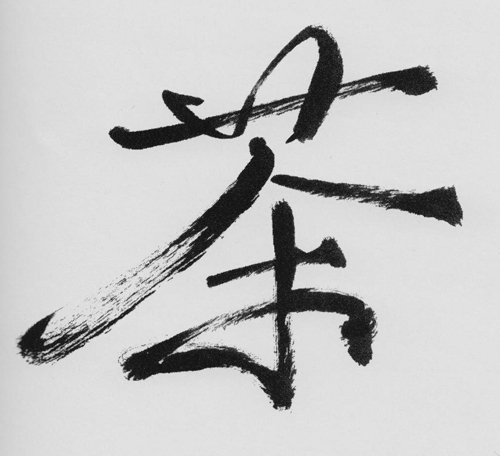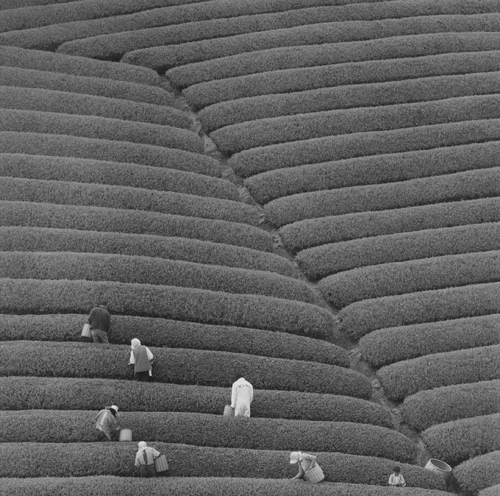
(I)
Bring a kettle of cold fresh water to boil. Scald teapot
with a dash of hot water.
One slightly heaped teaspoon black or green leaf per cup:
into your palm, then into the pot.
Pour on water. With what’s left over
heat up your drinking cups.
Cover pot with a cozy. If you don’t have a cozy
(say in the mountains), use sweater, jacket, or
edge of a sleeping bag.
Steep the requisite number of minutes.
One brisk stir with a spoon, and pour through a
strainer into the pre-heated cups.
Milk in black tea is okay. Sugar or honey
if it’s your habit—
Green tea can take
a few sliver’d almonds
how it’s done in Kashmir.

(II)
Tea should be made fresh each time you drink it. What’s left over throw out. Reheating tea changes it chemically and insults the tutelary spirits.
In India such guardians are known as gandharvas—fragrance eaters. They play music, collect where pleasurable fragrances rise, and have control of your sex life. It is unwise to affront them.
Teas steep for varying lengths of time. You need to consider each as to character. Wine-dark leaf like Keemun, with that touch of smoke and citrus, go longer than light teas. Grey teas or greenish such as Darjeeling, with a taste of flowers or straw, because lightly cured grow acrid after just a few minutes. For a second cup, remove the leaves and set tea under a cozy or alongside the fire.
It is in the mountains the true master emerges. When tea is brewed over a cluster of twigs or a primus stove brought up the trail. The cups are chip’d enamel, the pot black with pitchsmoke, water drawn from a nearby runnel.
About this they tell a story.
The first formidable figure in Ch’an Buddhism was Bodhidharma, born in the south of India. Late in the fifth century he hoofed it from India to China, riding across the Yangtze on a blade of grass. You’ve seen him in ink, brooding and bearded, done in a few confident strokes, the massive ring distending one earlobe. It is he established the practice of wallgazing in China. Night after night, year after year, in an icy mountain grotto circled by tigers, practicing dhyana, eyes fixed to the wall. One night as his eyelids drooped with fatigue he caught them in his fingers, tore them off, and flung them over his shoulder to the mouth of the gorge. The first tea plants came up where they fell.
This is more than a just so story.
The tea drinker should consider it with care through the years. ▼
Thank you for subscribing to Tricycle! As a nonprofit, we depend on readers like you to keep Buddhist teachings and practices widely available.